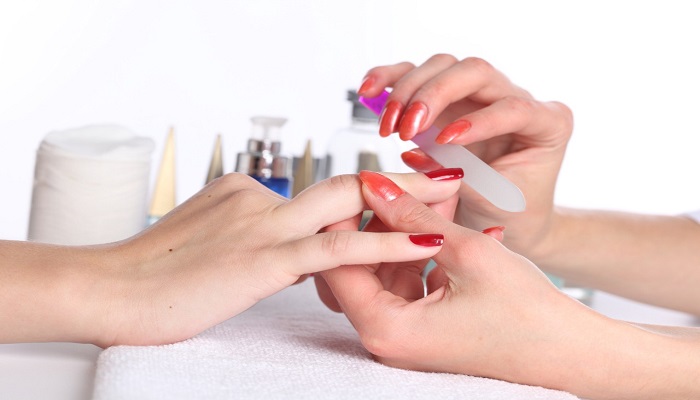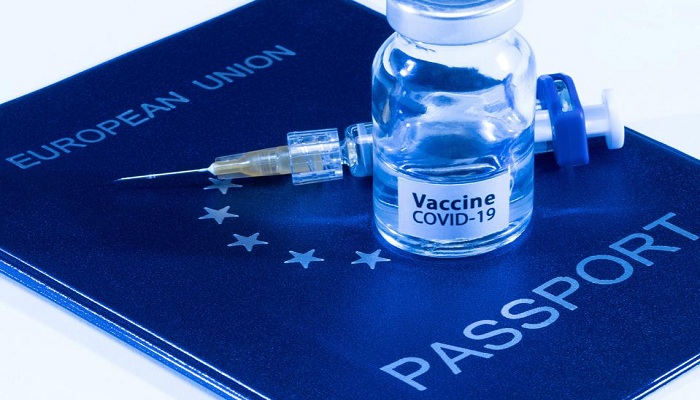Swelling around nails is indicative of acute inflammation together with bacterial or fungal infection (mycosis).
Q: I am a 40-year-old woman suffering from swelling around my fingernails since the last 6 months. A friend told me it could be an infection through manicure/pedicure. Is she right?
A: This is an important question and I am sure a lot of people may have been experiencing issues like yours.The swelling around your nails are indicative of acute inflammation together with bacterial or fungal infection. Medically known as paronychia, this can be either acute with 2-4 weeks duration of complaints, or chronic, where recurrent attacks continue over long periods of time.
The initial onset of paronychia is mostly seen after an injury to the nail folds (the skin in close proximity to the sides and front nail margins) or to the nail cuticle. This kind of injury can happen in different ways. However, as your friend mentioned, this is most commonly caused during manicure/pedicure procedures.
It can also happen if a person not properly trained in manicure/pedicure practices works on the nails. Cutting nail margins very deep often results in ‘collateral damage’ to the skin around the nail.
Cutting the cuticle is medically not advised as it is nature’s mechanism for protecting the nail matrix. Consisting of soft keratins, the nail matrix extends from the cuticle area upwards under the surface of the skin and acts as a nail-generating factory.
These keratin filaments get stronger and harder as they travel down passing below the cuticle forming the nail plate. So any injury to the naturally intact cuticle will allow water as well as chemicals like detergents etc. to penetrate into the nail matrix zone. This initiates the inflammatory process in that area, which can later be invaded by either fungus or bacteria.
The same infection process can affect the side skin folds around and in front of the nail margins causing painful swellings of the affected areas. Similar nail problems can also be faced by women using acrylic nail extensions.
There is a two-fold treatment plan to treat paronychia. First, treating the acute complaints by prescribing a course of oral antibiotics together with topical antiseptic and antibacterial solutions. In cases of acute paronychia, 1-2 weeks’ course of treatment usually resolves the issue.
However, in chronic cases, the treatment duration can be longer, and may require topical and oral antifungal medications as well.
During the treatment period until complete recovery, you should minimise water and soap contact to the affected area.This will significantly facilitate the treatment success and will enhance chances of a complete recovery.
It is also mandatory to stop doing aggressive manicure procedures which will result in restarting the complaints again. Select a reputable nail salon or spa with properly qualified and trained therapists.



